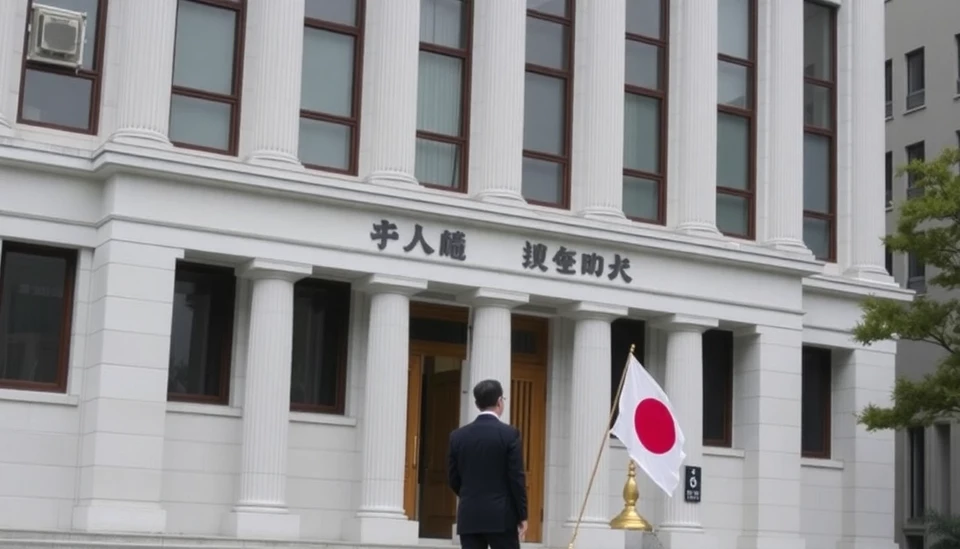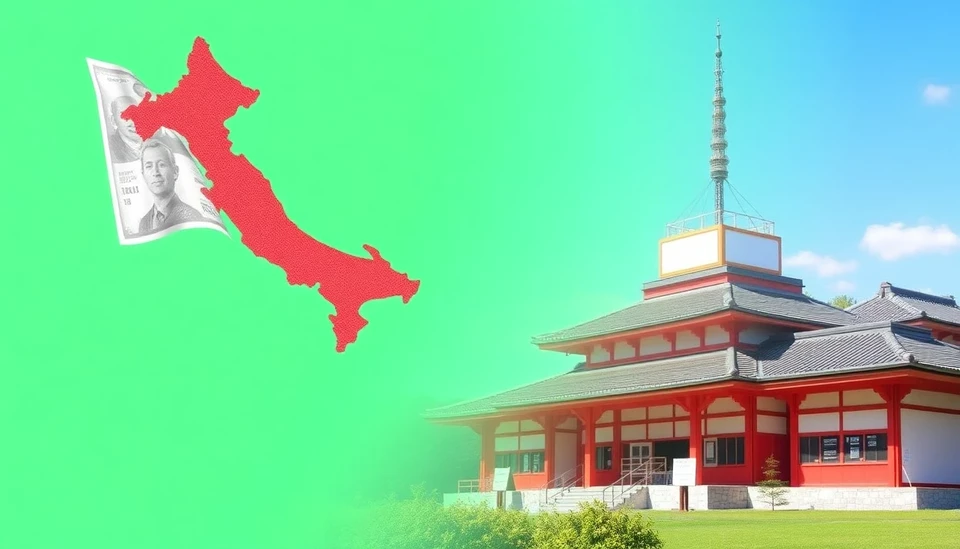
In an encouraging development for the Japanese economy, recent statistics indicate that the country has experienced its third consecutive quarter of economic growth, driven primarily by a surge in both public and private investment. This upward trajectory showcases Japan's potential resilience in the face of global economic challenges, providing a glimmer of hope for sustained recovery.
Data released by the Cabinet Office highlighted that Japan's gross domestic product (GDP) grew by an annualized rate of 2.7% in the last quarter of 2024. This growth has been attributed to an uptick in investment spending, particularly in sectors like technology and manufacturing. Encouragingly, even as the nation grapples with various economic pressures, such as supply chain disruptions and inflationary trends, the overall investment climate appears to be stabilizing.
Analysts noted that public investment, fueled by government initiatives aimed at enhancing infrastructure and innovation, played a critical role in this growth. The government has been aggressive in its spending, prioritizing projects that promise to lay the groundwork for future economic stability and expansion. Such efforts have been met with a sense of optimism among businesses, spurring a wave of private investment aimed at upgrading facilities and investing in new technologies.
Highlighting the broader economic picture, consumer spending has also seen an uptick, albeit more modest compared to the growth in investment. Households are beginning to spend more, influenced by increased wages and a slight decrease in unemployment rates. The consumer confidence index reflects this sentiment, indicating that Japanese consumers are gradually becoming more optimistic about their financial futures.
However, economists caution that this growth is not without its challenges. Previous economic indicators highlighted looming concerns over inflation, particularly in essential sectors such as food and energy. Rising costs could potentially dampen consumer spending in the upcoming quarters, creating a dual challenge for policymakers who must balance stimulus measures while controlling inflation.
Furthermore, global economic tensions, especially concerning trade relationships, pose additional uncertainties. As Japan navigates international markets, fluctuations in foreign demand and currency valuations will likely impact the pace of growth. Trade officials remain vigilant, establishing strategies to mitigate risks associated with global market instability.
In summary, Japan’s sustained economic growth driven by investment presents a narrative of resilience, yet it is accompanied by underlying pressures that could influence future performance. Policymakers, businesses, and consumers will need to remain adaptive and responsive as they navigate this complex economic landscape.
#JapanEconomy #EconomicGrowth #Investment #GDP #PublicInvestment #ConsumerSpending #EconomicResilience #Inflation #GlobalEconomy
Author: Rachel Greene




